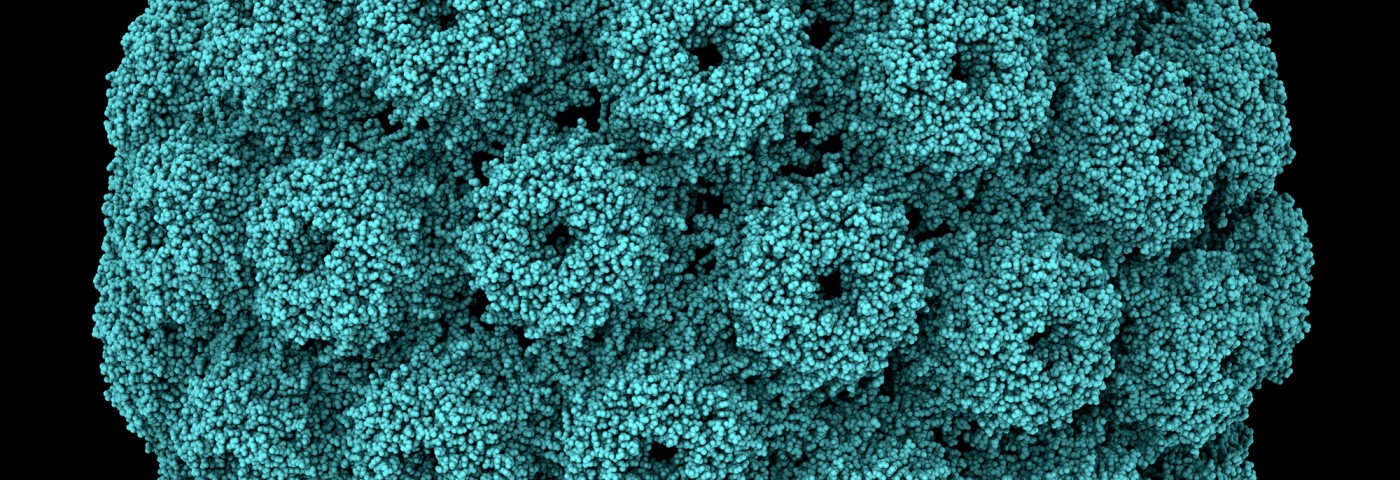Researchers have previously suggested that simian virus 40 (SV40) is associated with malignant pleural mesothelioma. A study now reported that the virus was present in 20 percent of a group of Vietnamese patients, possibly providing a partial explanation for mesothelioma cases with no link to asbestos exposure.
The study, “Simian virus 40 may be associated with developing malignant pleural mesothelioma,“ was published in the journal Oncology Letters.
The majority of malignant mesothelioma cases can be associated with previous exposure to asbestos. In the proportion of cases where asbestos exposure has likely not contributed to disease, other factors might be at play, contributing to cancer development.
The search for other causes of the detrimental disease has led to the suggestion that SV40 might be linked to the pathology. The virus naturally infects rhesus monkeys, but research has shown that it can infect human mesothelial cells. Once it has entered cells, it induces changes, making cells more susceptible to other cancer-causing substances. How and if the virus and asbestos interact to cause cancer is unknown, however.
Studies identified SV40-contaminated polio vaccine as the biggest source of human infection with the virus. Since the contaminated batches were not available globally, a potential link between SV40 infection and mesothelioma is only relevant in the affected countries.
The research team from the University of Medicine and Pharmacy at Ho Chi Minh City, Vietnam, examined 45 patients with malignant pleural mesothelioma. The patients were diagnosed with mesothelioma between January 2008 and June 2012.
The researchers explored asbestos exposure both by recording history of exposure, and by analyzing clinical specimens for the presence of asbestos bodies, but specimens existed only for 22 of the 45 patients. In this group, researchers observed asbestos bodies in 45 percent of the cases. Also, only one of the patients who had asbestos bodies also had signs of SV40 infection.
The study, however, did not report on the asbestos exposure history of the patients with signs of SV40 infection. The infection was not associated with more advanced disease stages, nor did it affect the survival time of patients.
While the study did identify a proportion of mesothelioma patients who were infected with SV40, the team might have underestimated the true proportion because of a suboptimal virus detection technique. More studies are needed to evaluate the contribution of SV40 to mesothelioma development.


